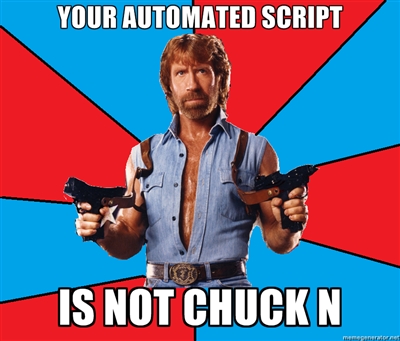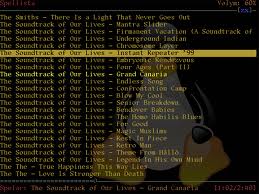Guest post by Richard Larson
Linux often seems like a breath of fresh air to Windows users. It’s free. It doesn’t have bloatware issues. You don’t have to pay for it. It has less malware and hacking issues because it’s less profitable and productive for the baddies to concentrate on an operating system with less users.
Did I mention it doesn’t cost anything?
Whatever the reason Linux looks good to you, you have to remember that Linux and Windows are two different animals. Windows is far more professionally polished and noob friendly. (It has to be. You paid for it.) While there are a few supported versions of Windows floating around, most users stick with the one that comes with their machines. On the hand, Linux has so many distributions, it’s hard to keep track sometimes. From the way you install programs to the amount of time you spend in a command prompt screen, it’s a different experience. Whether it’s a good experience or not depends on your preference.




